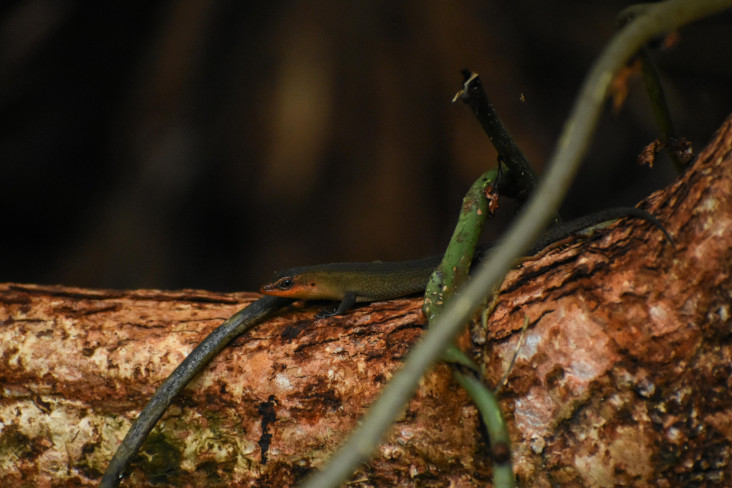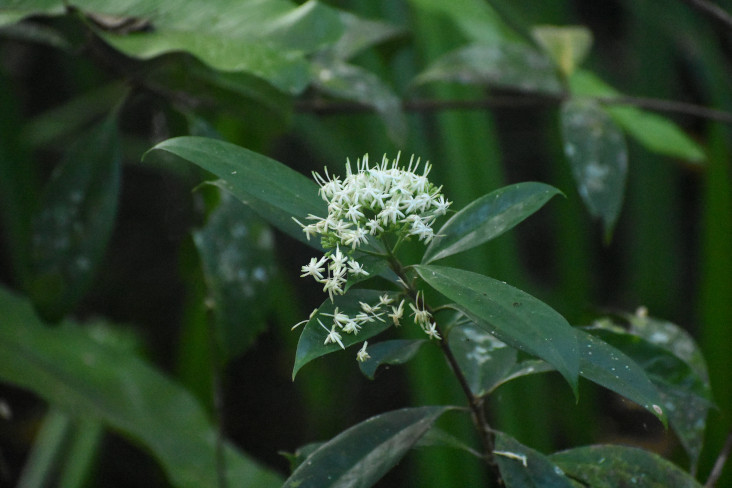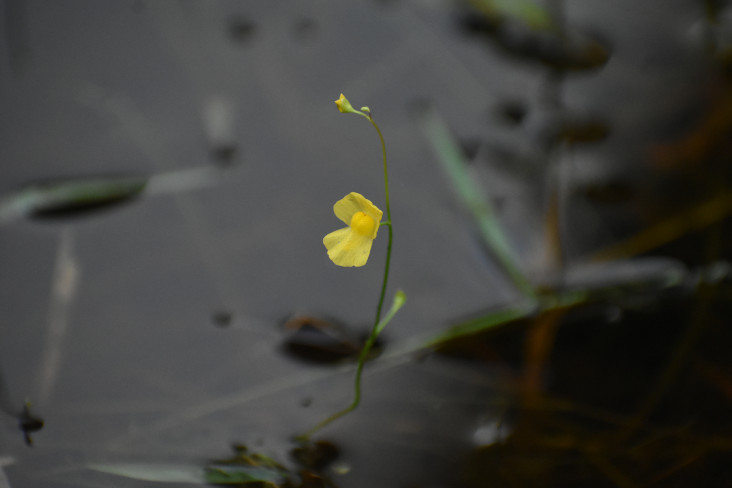May 28, 2025
Each May 22nd, the International Day for Biological Diversity highlights the essential role of biodiversity in sustaining life on Earth, urging global action to protect our planet’s interconnected ecosystems. In Indonesia, a nation renowned for its rich biodiversity, this day highlights the urgency of conserving unique flora and fauna.
Situated in the ecologically crucial peat swamp forests of Riau Province, the Restorasi Ekosistem Riau (RER) project serves as a strong demonstration of one Indonesian company’s commitment to biodiversity conservation. By focusing on ecosystem restoration and sustainable management through APRIL’s unique production-protection landscape management approach, RER contribute to biodiversity conservation, Indonesia’s natural heritage, and its contributions to global climate mitigation efforts.
This article celebrates the rich biodiversity within the RER project area and highlights the pivotal role of collaboration in protecting its diverse flora and fauna.

Progress and Milestones in Biodiversity Monitoring
From its beginning in 2013, RER has achieved considerable progress in its efforts to protect, monitor and conserve biodiversity. The project encompasses over 150,000 hectares of peat swamp forest on the Kampar Peninsula and Padang Island, crucial landscapes for both carbon sequestration and habitats for diverse and globally threatened wildlife. Key milestones on this journey include the implementation of systematic camera trap monitoring programs, participation in the Asian Waterbird Census (AWC), the twice yearly monitoring of raptor migration, and tracking a Sumatra tiger with a GPS collar. The surveys have documented nearly 900 species of fauna and flora within the RER landscapes, 75 of which are identified by IUCN as globally threatened.
Hydrological restoration has also been a key area of focus, with the construction of 85 dams to close old drainage canals, thereby maintaining peat soil moisture and minimizing subsidence during dry seasons. In the past five years alone, RER has closed a total of 36 canal systems spanning a combined length of 179 kilometers.
Peat re-wetting through canal closures combined with full-time forest protection presence reduces the hazard and risk of fires within the RER allowing peat forests to grow and wildlife to thrive.

Collaboration at the Heart of RER’s Restoration Model
Collaboration is central to RER’s approach to ecosystem restoration. The initiative brings together private and public sector partners, including APRIL Group, Fauna & Flora, The Nature Conservancy (TNC), Wildlife Conservation Society (WCS) Tropenbos Indonesia, Forest Wildlife Society and Bidara. This collaborative model combines specialist expertise with practical land management approaches.
“Together we have learned over the past decade that tropical peat swamp forest restoration takes a great deal of time and collective action,” says Bey Soo Khiang, Chairman of the RER Advisory Board. “Together we can be proud that we have taken the first steps to protect and restore this vast tropical peat swamp for the benefit of future generations.”
RER’s commitment to collaboration and scientific research has been one of the project’s founding principles. The first ever survey team, led by experts from Fauna & Flora, mapped out the ecosystem by measuring peat depths, documenting wildlife and plants, and setting up camera traps that revealed a diversity of forest wildlife that had previously been hidden from view.
Since then, various joint surveys and scientific studies have helped to expand our knowledge of the ecosystem and its function as an essential carbon sink, while also highlighting the rich biodiversity it supports. According to a recent study of the area, RER is home to a total of 893 species, including 78 mammals, 319 birds, 106 amphibians and reptiles, 89 fish, 100 odonata (dragonflies and damselflies), and 203 plants.

A Call to Scientists: Collaborate with RER
The preservation of this rich biological diversity requires continuous effort. With that in mind, RER hosts scientists and students to contribute to biodiversity research projects that can inform strategic conservation efforts. Central to this approach is the Eco-Research Camp; a hub for environmental assessments and field studies, located in the heart of the peat swamp forest ecosystem on the Kampar Peninsula.
John Pereira, Deputy Head of Operations at RER, underscores the value of scientific collaboration. “Conservation is a team sport,” he says, adding, “It isn’t easy, it isn’t cheap, and it’s certainly not a solitary endeavour.” By engaging with RER, scientists can play a pivotal role in advancing biodiversity environmental studies and developing strategies for sustainable ecosystem management.
As we celebrate the International Day for Biological Diversity on May 22, 2025, the story of RER stands as a reminder that meaningful conservation progress is built through a combination of partnerships, patience, and purpose. By working together across sectors and disciplines, we can safeguard Indonesia’s precious peat swamp forests and the incredible wildlife they support. RER invites all who share this vision — scientists, partners, and the wider public — to join us in building a future where biodiversity not only survives, but thrives.
For more information on RER’s initiatives and opportunities for collaboration, please visit our website.